What are software testing, user acceptance testing (UAT), and quality assurance testing?
- Software testing: It is the procedure of validating and confirming the outcomes and behaviour of the tested program. It also gives the business an unbiased, unbiased view of the software so that it can appreciate and recognize the risks associated with its implementation.
- User Acceptance Testing (UAT): It is the last step in designing and creating online goods. The UAT is where the test team will look for anything incorrect or that might go wrong before your online product goes live. It ensures that your website’s appearance, feel, and functionality are examined in consideration of the specified range of work. The web product will be staged for project owners, business units, and end consumers to examine prior to launch. Once the owner is satisfied, the website is launched.
- Quality Assurance Testing (QAT): Its purpose is to guarantee that the software operates exactly in line with the guidelines established by the software developers. Simply put, quality assurance testing confirms that the software is capable of carrying out its intended functions.
UAT’s purpose while testing software
It is only carried out once it is at the final testing stage. Quality assurance specialists check the program for errors. In most cases, it occurs just before the software is made public. Clients want their production department to produce the product quickly and efficiently. They make sure it is controlled in a regulated manner.
QAT’s purpose while testing software
It is done in line with the client’s requirements. To ensure that the software is functional from the beginning of the project; it is wise to test it early on. This further lowers the chance that the software will include faults or fail to function in line with the project’s scope by allowing the quality assurance testers to participate in the product’s design process.
Types of User Acceptance Testing (UAT)
- Alpha testing: In this testing, the product is tested at the development location by clients or users. In this more supervised environment, the testing team has a better grasp of the system being evaluated.
- Beta testing: Customers or consumers test the product on their websites during this testing. Users test the system in their environment, making it more of a real-world test. Developers play no part in this.
Types of Quality Assurance Testing (QAT)
- Unit testing: It is low-level testing done to test certain parts or features of the software currently being developed. With unit testing, developers concentrate on testing at the beginning of the software development process to ensure that each component of your software application complies with certain standards. It helps to understand the core functioning of the code by testing each testable part of the product. It also determines the likelihood that any change will result in a bug, which can be swiftly found and rectified.
- Performance testing: It enables testers to examine the system’s behaviour under a heavy load. Performance tests verify the product’s reliability, stability, and availability and determine if adding more load would reduce the system’s performance.
- Component testing: It enables testers to evaluate numerous units or components inside a single code after unit testing is complete. Integrating components can help identify potential flaws by examining how they operate independently without integration.
- End-to-End Testing: It aids in testing the product’s performance and functionality in real-world situations. This testing assists in simulating what a real-world situation would look like and confirms that the different user flows function as planned by simulating user behaviour in product-like settings. Testing data integrity and system connection with other systems is easier by simulating users ’ behaviour and experience.
Here are some of the types of QAT testing: regression testing, sanity testing, system testing, smoke testing, integration testing, and user acceptance testing.
What is the difference between QAT and UAT?
A software project must have both QAT and UAT, which are crucial elements. They both operate in different ways and have distinct goals, but ultimately, they both strive to produce high-quality software and ensure it is error-free.
The primary distinction between the two is that while QAT verifies that the software is error-free, UAT verifies that the product provides users with the exact experience and usability they are looking for. The client’s satisfaction with the finished product is both’s main advantage.
-
Why Autonomous AI Agents Are the Next Big Step in AI Evolution

Artificial intelligence (AI) has evolved beyond simple rule-based systems to highly impressive language models that can produce human-like text. Traditional AI is excellent at solving one specific problem, such as answering questions or categorizing data, but it must have a human mind guiding it on every step. This balance is altered by autonomous AI agents…
-
Anthropic Claude vs ChatGPT – Which AI Should You Choose for Work

Professionals use AI every day in emails and in code, research and reports. Top competitors in Anthropic Claude vs ChatGPT are leaders in various domains to compete fast in 2025 upgrades. Claude is more focused on safety and depth, whereas ChatGPT can take general features, such as image generation. This guide is a step-by-step list…
-
Leading Companies with Blockchain Technology in India & Worldwide

Businesses all over the world (including those in India) are progressively adopting blockchain technology because of its peerless security, effectiveness, and transparency. Such a shift assists companies with blockchain technology in reducing expenses, creating trust, and automating operations in a digital-first world. Why Companies Adopt Blockchain Rapidly Companies are rapidly adopting blockchain technology to improve…



Leave a Reply